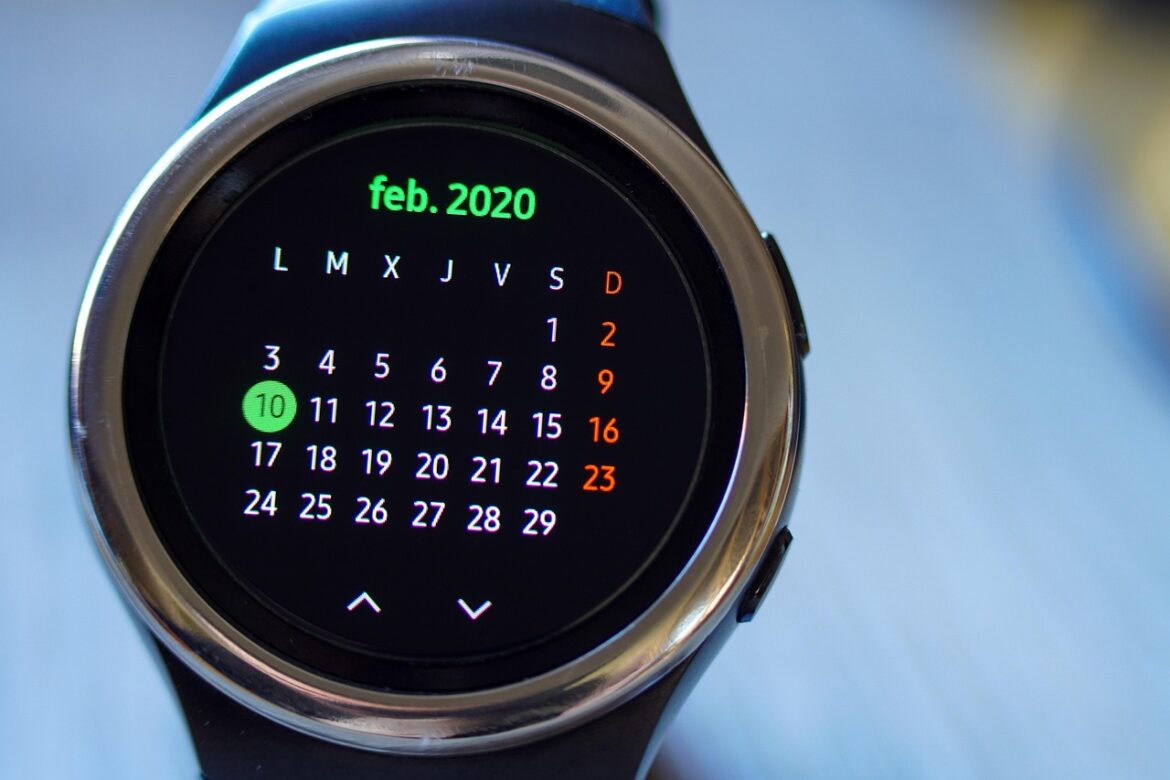Introduction
Imagine waking up in the morning and having your fitness tracker sync your health data to your doctor’s office, or getting a video consultation with a specialist from the comfort of your home. This is not a distant future; it’s the reality of digital transformation in healthcare today. Let’s dive into some of the most exciting health products and services that are changing how we experience healthcare.
1. AI-Powered Diagnostic Tools
Artificial intelligence (AI) is no longer just a buzzword; it’s revolutionizing medical diagnostics. AI algorithms can analyze vast amounts of medical data faster and with greater precision than humans, leading to earlier detection of diseases and more personalized treatment plans. For instance, AI has been shown to achieve a 94% accuracy rate in diagnosing certain types of cancers, compared to 85% by human radiologists. This not only saves lives but also reduces healthcare costs by minimizing unnecessary procedures.
2. Telemedicine and Virtual Consultations
Telemedicine is redefining how healthcare is delivered. Platforms like Teladoc, MDLIVE, and Amwell are leading the charge by offering virtual consultations. These platforms allow patients to see doctors remotely, reducing travel time and costs. This is especially beneficial for those living in remote or underserved areas. The future of telemedicine looks bright, with predictions that the market will reach $185.6 billion by 2025,
Key Benefits of Telemedicine:
- Convenience and Flexibility: Schedule appointments from anywhere at any time.
- Cost Savings: Reduced need for travel and in-person visits.
- Continuity of Care: Remotely monitor chronic conditions and receive ongoing support.
3. Wearable Devices and IoMT
Wearable devices, such as smartwatches and fitness trackers, are more than just lifestyle accessories; they’re powerful health monitoring tools. They collect data on vital signs, track physical activity, and can even detect potential health issues before they become severe. This empowers individuals to manage their health proactively. Wearables are also part of the Internet of Medical Things (IoMT), which enables the seamless exchange of health data across devices and healthcare systems.
4. Blockchain for Patient Data Management
Blockchain technology offers a secure and decentralized way to manage patient health records. It ensures privacy, security, and interoperability between different healthcare systems. By using blockchain, healthcare providers can reduce data breaches and unauthorized access, saving the industry millions in operational costs and fraud prevention.
5. Telehealth Apps
Telehealth apps are becoming increasingly popular, offering everything from symptom checking to personalized health insights. Apps like K Health and PlushCare provide comprehensive primary care services, including chronic condition management and mental health support. These platforms offer a holistic approach to healthcare, ensuring patients receive continuous care coordination rather than just transactional medical consultations.
How to Choose the Right Telehealth App
- Health Needs: Consider what kind of care you need (e.g., primary care, mental health).
- Budget: Some apps have free features, while others require subscriptions or per-consultation payments.
- Urgency: How quickly do you need access to care?
Conclusion
Digital transformation in healthcare is not just about technology; it’s about people. It’s about giving them better access, better treatments, and better lives. Whether it’s AI diagnostics, telemedicine, or wearable devices, these innovations are turning the complex world of healthcare into a more accessible and sustainable system for all,
References:
- https://www.cfc.com/en-us/knowledge/resources/guides/digital-healthcare-report-2025/
- https://digitalhealth.folio3.com/blog/best-telehealth-apps/
- https://www.who.int/health-topics/digital-health
- https://www.polarismarketresearch.com/blog/market-leaders-influencing-the-future-of-telemedicine-equipment-market-in-2025
- https://www.hashstudioz.com/blog/how-healthcare-software-development-is-transforming-patient-care-in-2025/
- https://en.wikipedia.org/wiki/Wearable_technology
- https://wealthengine.blog/2025/04/10/digital-health-investing-in-2025-trends-and-opportunities-in-the-booming-healthtech-market/
- https://www.sandiego.gov/sites/default/files/2025-04/esd-operational-efficiency-analysis.pdf



